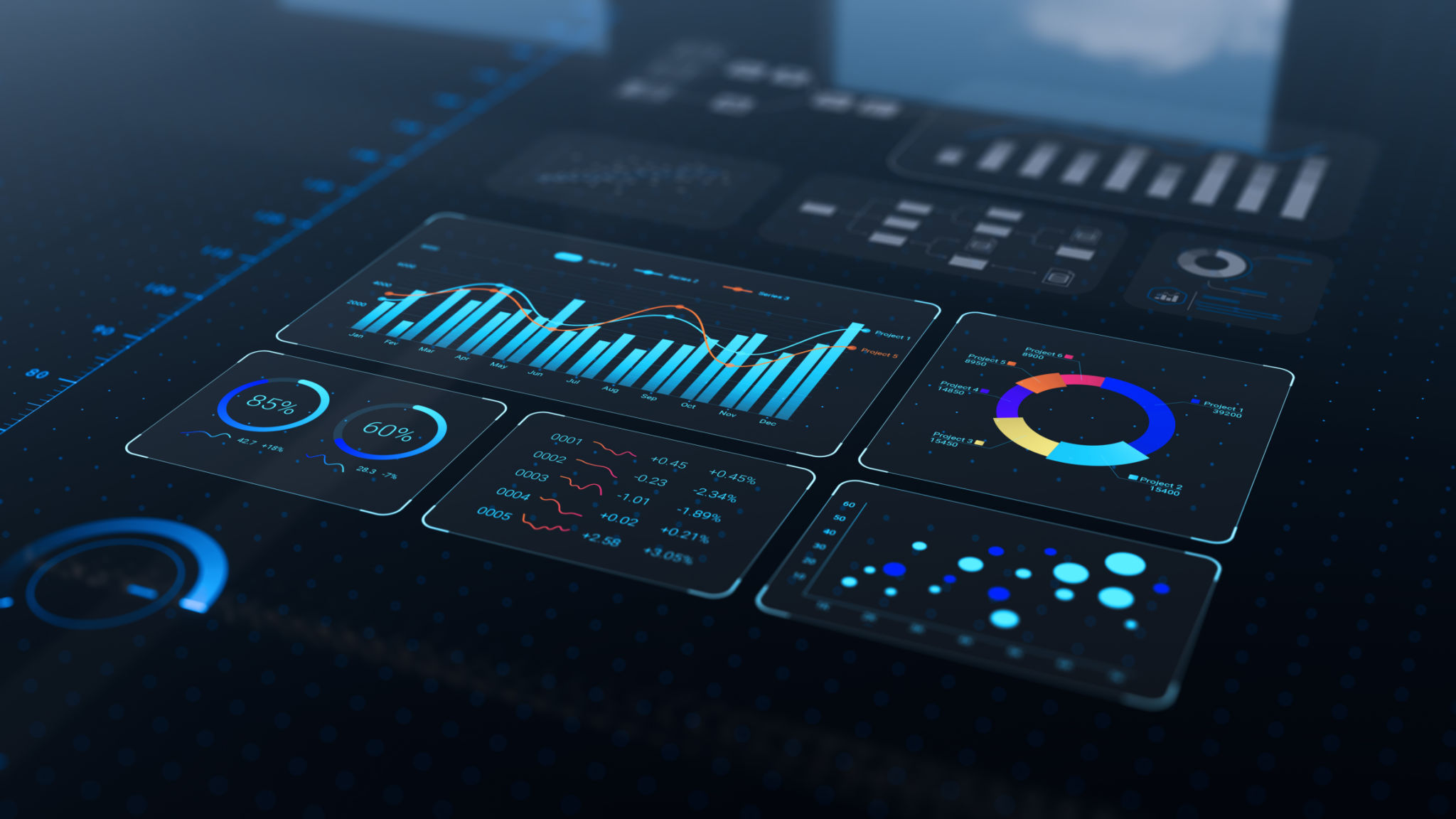Enhancing Program Visibility: Building Effective Reporting and Automation Tools
Understanding the Importance of Program Visibility
In today's fast-paced business environment, ensuring that your programs are visible and effectively monitored is crucial for success. Program visibility allows stakeholders to have a clear understanding of a program's performance and its impact on overall business objectives. This visibility is enhanced by building effective reporting and automation tools that streamline operations and provide real-time insights.
Without adequate visibility, businesses can struggle to identify inefficiencies and miss opportunities for improvement. By leveraging advanced reporting and automation tools, companies can not only track progress but also make data-driven decisions that foster growth and innovation.

Building Effective Reporting Tools
Effective reporting tools are the backbone of program visibility. These tools aggregate data from various sources, presenting it in a coherent and easily digestible format. When designing reporting tools, it is essential to focus on metrics that align with your strategic goals.
Key features of effective reporting tools include customizable dashboards, real-time data updates, and the ability to filter information based on different criteria. These features empower businesses to monitor performance indicators that matter most to them, ensuring that they remain agile and responsive to changes.
Choosing the Right Metrics
Selecting the right metrics is a critical aspect of building reporting tools. It’s important to focus on KPIs that truly reflect the health and progress of your programs. Metrics should be relevant, actionable, and capable of driving meaningful insights for decision-makers.

Automation Tools: The Key to Efficiency
Automation tools play a significant role in enhancing program visibility by reducing manual interventions and increasing accuracy. These tools streamline processes, allowing teams to focus on strategic tasks rather than routine operations.
By implementing automation, businesses can minimize human error, accelerate workflows, and ensure consistency across their programs. Automation tools can handle repetitive tasks such as data collection, report generation, and even triggering alerts based on predefined conditions.
Integrating Automation with Reporting
Integrating automation with reporting tools creates a powerful synergy that boosts efficiency and visibility. Automated systems can continuously gather data and update reports in real-time, providing stakeholders with the most current information at any given moment.

Overcoming Challenges in Implementation
While the benefits of reporting and automation tools are clear, implementing them can present challenges. Businesses need to consider factors like technology compatibility, data security, and user training.
To overcome these challenges, it’s important to adopt a phased approach, starting with pilot programs that allow for testing and refinement. Additionally, investing in training ensures that teams can effectively utilize new tools and maximize their potential benefits.
The Future of Reporting and Automation
The landscape of reporting and automation is continually evolving, driven by advancements in technology such as artificial intelligence and machine learning. These innovations promise even greater enhancements in program visibility by offering predictive analytics and more intelligent automation capabilities.

As businesses strive for greater efficiency and competitiveness, embracing cutting-edge reporting and automation tools will be pivotal. By focusing on building robust systems today, companies can pave the way for sustainable growth and success in the future.